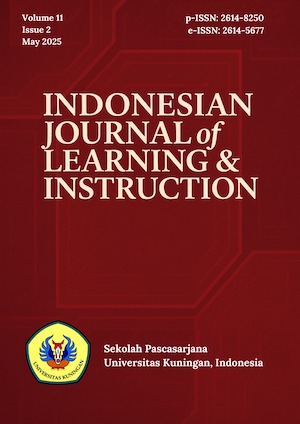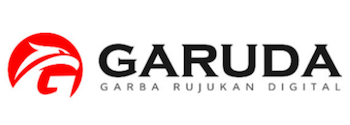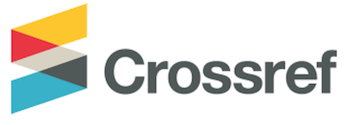THE ANALYSIS OF ITEM PROBLEMS IN HIGH SCHOOL MATHEMATICS TEXTBOOK IN INDONESIA (2016 REVISION EDITION) REVIEWED FROM THE COGNITIVE ASPECT OF TIMSS
Abstract
This study aims to analyze the question items on two supplementary Indonesian mathematics textbooks (revised edition 2016) of 2013 curriculum for XI graders and compare the analysis using 2015 TIMSS assessment framework. This study apply qualitative study with naturalistic approach. The analysis results consist of 104 question items and 85 items of practice test. On a book published by PT. SEWU Bandung shows 3.5% of knowing cognitive domain, 4.71% applying, and 91.76% reasoning. The analysis on 19 items of practice test on a book is published by PT. Bumi Aksara Jakarta. It shows 10.53% applying, 89.47% reasoning, but not showing a percentage on knowing cognitive domain. Results of the question items analysis on knowing and applying cognitive domain for both the books are less percentage than reasoning cognitive domain. Thus, the results of analysis of two textbooks are not yet in accordance with TIMSS. Nevertheless, the comparison of the analysis on knowing cognitive domain in a book published by PT. SEWU Bandung is close to what have expected by TIMSS. Meanwhile, on applying and reasoning cognitive domain the book published by PT. Bumi Aksara Jakarta is close to what have expected by TIMSS.References
Ariyanti, R. (2016). Exploring opportunities and challenges in incorporating sociocultural issues into ELT in a Vocational High School in Salatiga (Unpublished thesis). Universitas Kristen Satya Wacana, Salatiga.
Cahyono, B., & Adilah, N. (2016). Analisis soal dalam buku siswa matematika kurikulum 2013 kelas VIII semester I berdasarkan dimensi kognitif dari TIMSS. JRPM (Jurnal Review Pembelajaran Matematika), 1(1), 86–98.
Mailizar, M., Alafaleq, M., & Fan, L. (2014). A historical overview of mathematics curriculum reform and development in modern Indonesia. Inovacije U Nastavi-Časopis Za Savremenu Nastavu, 27(3), 58–68.
Meisenberg, G., & Woodley, M. A. (2013). Are cognitive differences between countries diminishing? Evidence from TIMSS and PISA. Intelligence, 41(6), 808–816.
Murtiyasa, B. (2015). Tantangan pembelajaran matematika era global. Prosiding Seminar Nasional Matematika dan Pendidikan Matematika Universitas Muhammadiyah Surakarta.
Padmawati, A., A., Murtiyasa, B., & Kom, M. (2017). Analisis deskriptif butir soal pada buku ajar matematika kelas IX kurikulum 2013 ditinjau dari aspek kognitif TIMSS (Unpublished paper). Universitas Muhammadiyah Surakarta, Surakarta.
Priyani, H. A., & Ekawati, R. (2018). Error analysis of mathematical problems on TIMSS: A case of Indonesian secondary students. IOP Conference Series: Materials Science and Engineering, 296, 12-10.
Rohmah, I. F. Z., & Murtiyasa, B. (2017). Pemetaan aspek kognitif trends Internasional mathematics and science study pada ujian nasional matematika SMP 2015/2016. Universitas Muhammadiyah Surakarta, Surakarta.
Suratman, B., Trisnawati, N., & Wulandari, S. S. (2016). Revolusi mental dan kurikulum pendidikan ekonomi dalam menghadapi MEA. Prosiding Seminar Nasional Himpunan Sarjana Ilmu-ilmu Sosial, 1, 124–131.
Tatsuoka, K. K., Corter, J. E., & Tatsuoka, C. (2004). Patterns of diagnosed mathematical content and process skills in TIMSS-R across a sample of 20 countries. American Educational Research Journal, 41(4), 901–926.
Wardhani, S. (2014). Rumiati 2011 instrumen penilaian hasil belajar matematika SMP: Belajar dari PISA dan TIMSS. Kementerian Pendidikan Nasional.









